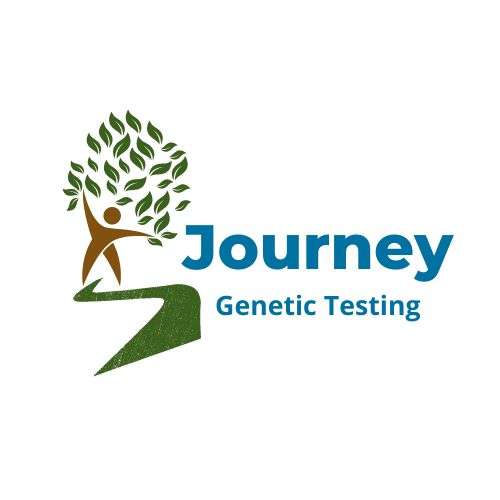Immigration DNA Testing
Call Us: 1-855-362-5224
Reuniting Families in the USA
When families want to be together in the United States, they sometimes need to do an immigration DNA test. This test helps show that they are really family and should be allowed to live together. In this article, we’ll talk about why this test is important and how it works.
What is Immigration DNA Testing? DNA testing is a way to prove that people are family members when they want to come to the USA. This is important when papers or documents are not enough to show the relationship. We can prove paternity and other family relationships that are accepted by USCIS.
Steps in the Immigration DNA Testing Process
- Talk and Decide: First, we can talk with you to see what kind of DNA test you may need. Sometimes it is a paternity test, but often is an aunt-uncle DNA test or a sibling DNA test. Only legal tests can be used for immigration.
- Making Appointments: If you do need a test, we can make the appointments to collect each person’s DNA samples. This is done by using simple and painless swabs. The samples are sent to our testing lab for processing.
- Help with the Embassy: Sometimes, families need to visit an embassy or office. We can help with this. We will make sure everyone knows about the test.
- Checking the DNA: Our partner lab checks the DNA samples. They look at special parts of the DNA to see if the family members are related.
- Getting the Results: After the tests, the results are delivered to the immigration office. If the test shows they are family, this paper helps their immigration case. If everyone who is testing is in the U.S.A., the results will go to the person who ordered the test. They can then give it to their caseworker.
- Sending Papers: The important results are sent to the immigration office. This paper shows they really are family and want to be together.
- Help at Home: The DNA company also helps with things that need to be done in the USA. They make sure everything is right for the family to be together.
- Right Results for the Law: The DNA test is done in a way that follows the law. The paper with the results is only shared with the right people.
We Can Help On Your Immigration DNA Journey
When families want to be together in the USA, DNA testing becomes a special tool. It shows that they are really family members and deserve to live together. By following the simple steps explained in this article, families can move forward with confidence, knowing that the immigration process can be smoother and more successful.
Get Started Today: If you need to take an immigration DNA test, we’re here to help! Our team knows exactly what to do, and we’ll guide you step by step. Just reach out to us, and we’ll start the process to bring your family together. Let us help you make your family dream come true! Call us at 1-855-362-5224 to discuss your situation today.


